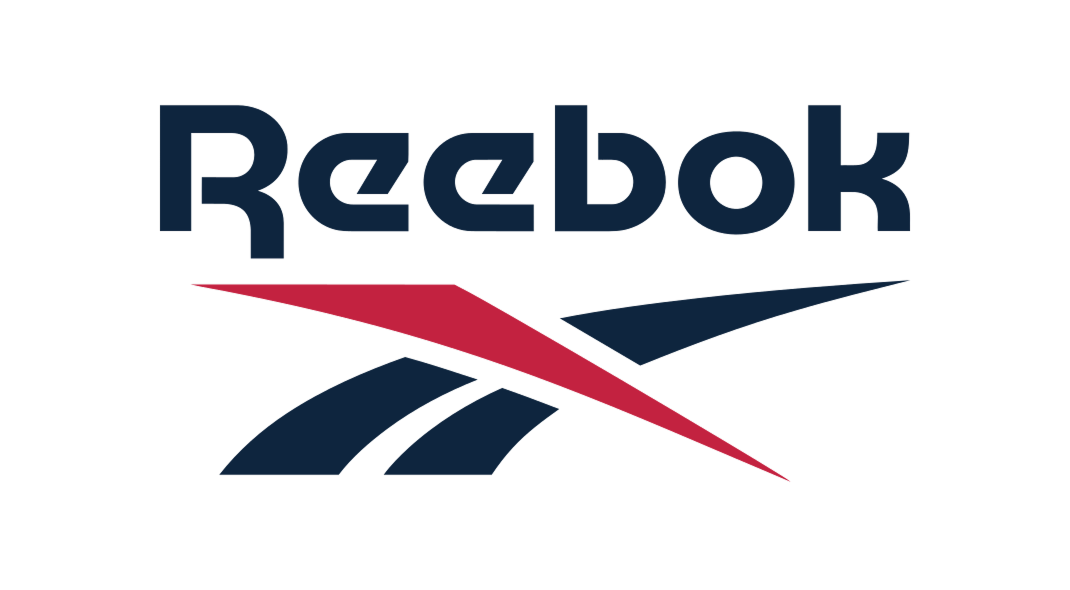Maximizing ROI: The Top 11 Causes of Wasted Ad Spend and How to Fix Them
When considering ad spend, we typically link it to potential returns rather than waste. However, suboptimal ad spend often leads to significant waste. Identifying wasted ad spend can help you refine your strategies and improve ROAS (Return on Ad Spend) accuracy.
In this article, we will explore the top 11 causes of wasted ad spend to help you determine if your business is maximizing returns on PPC marketing campaigns. Before diving into these reasons, let's clarify some key concepts.
What is Wasted Ad Spend?
Wasted ad spend refers to money spent on marketing campaigns that do not generate profit for your business. This issue can arise in both digital and traditional marketing campaigns but is particularly common in PPC campaigns.
For example, imagine spending $2000 on a campaign to promote your holiday sales. If only 42% of viewers click through to your page, it means 58% did not engage, leaving many unaware of your sales. If your ad expenses surpass the profit generated from the campaign, you've encountered wasted spend.
In simple terms, if the profit from a marketing campaign is less than its cost, that spend is wasted.
How to Combat Wasted Ad Spend
Eliminating wasted ad spend requires more than a quick fix or budget cut. The key is to identify the source of the waste. Once pinpointed, you can take targeted steps to address the issue. Different sources of wasted ad spend require different solutions, so understanding the cause is crucial to effectively reducing waste.
What Are the Top 11 Causes of Wasted Ad Spend?
Identifying the sources of wasted ad spend is the first step to reducing it. Below are the top 11 causes, why they matter, and how you can address each.
Poorly Crafted Ad Copy
Poor ad copy leads to low click-through rates and ineffective messaging that doesn't resonate with your audience. Additionally, if your ad copy resembles that of competitors, it makes it harder to stand out. Resulting in bad ROAS, and a decrease in Google Ads Quality Scores.
How to Fix It: Keep your ad copy relevant and concise. Ensure your messaging is unique and resonates with your target market.
Poor Landing Page Design
A poorly designed landing page can overwhelm visitors with too much text, fast-moving images, and unclear value propositions, causing them to leave quickly.
How to Fix It: Focus on UX design. Present the most essential information clearly and avoid clutter. Ensure visitors see the reason they clicked through right away.
Incorrect Bidding Strategies
Using the wrong bidding strategy can lead to suboptimal returns. Whether automatic or manual, choosing the wrong one can waste money.
How to Fix It: Research different bidding strategies and select the one that aligns with your campaign goals, budget, competition, and ad platform.
Lack of Historical Performance Data Use
Not utilizing historical data can prevent you from identifying successful strategies and areas needing improvement.
How to Fix It: Implement systems to capture and review historical ad spend and revenue data. Double down on successful strategies and eliminate those that waste spend.
Incorrectly Implemented Automated Campaigns
Automated campaigns, like Google’s Performance Max, can be effective but require proper setup and regular monitoring.
How to Fix It: Treat automated tools as systems needing consistent guidance. Regularly check and adjust their performance to avoid suboptimal results.
Focusing on Leads Over Revenue
Prioritizing MQLs (Marketing Qualified Leads) over actual revenue can lead to campaigns that generate leads but fail to convert them into revenue.
How to Fix It: Ensure your campaigns prioritize revenue generation. Leads are important, but revenue should be the primary focus.
Unrefined Ad Audiences
Failing to refine your audience means your ads reach people outside your target demographic, reducing effectiveness.
How to Fix It: Use demographic exclusion tools to target only relevant audiences. Focus on those most likely to convert.
Lack of Robust Conversion Tracking
Without proper conversion tracking, your campaign data will be inaccurate, leading to poor optimization.
How to Fix It: Use robust conversion tracking tools to improve data quality and feed accurate information into your campaign algorithms.
Not Updating Ad Creatives
Using the same ad creatives repeatedly can lead to declining conversion rates as your audience evolves.
How to Fix It: Continuously develop and update your ad creatives to keep up with changing audience preferences and maintain engagement.
Fake Ad Engagements and Invalid Traffic
Click fraud and invalid traffic can distort your analytics, leading to misguided decisions and wasted spend.
How to Fix It: Implement a reliable click fraud prevention system, such as Tapper, to protect your campaigns from invalid traffic.
Not Investing Enough in Retargeting
Failing to invest in retargeting means missing out on potential conversions from existing MQLs who already show interest.
How to Fix It: Allocate a significant portion of your ad spend to retargeting. This strategy can increase branded search queries and conversion rates.
By addressing these common issues, you can enhance the efficiency and effectiveness of your advertising efforts.

Get a free Tapper trial
Run a 30-day Tapper trial to set your baseline CPA, block invalid traffic in real time, and receive a final report comparing your CPA before and after protection, showing exactly how much budget you recovered.










